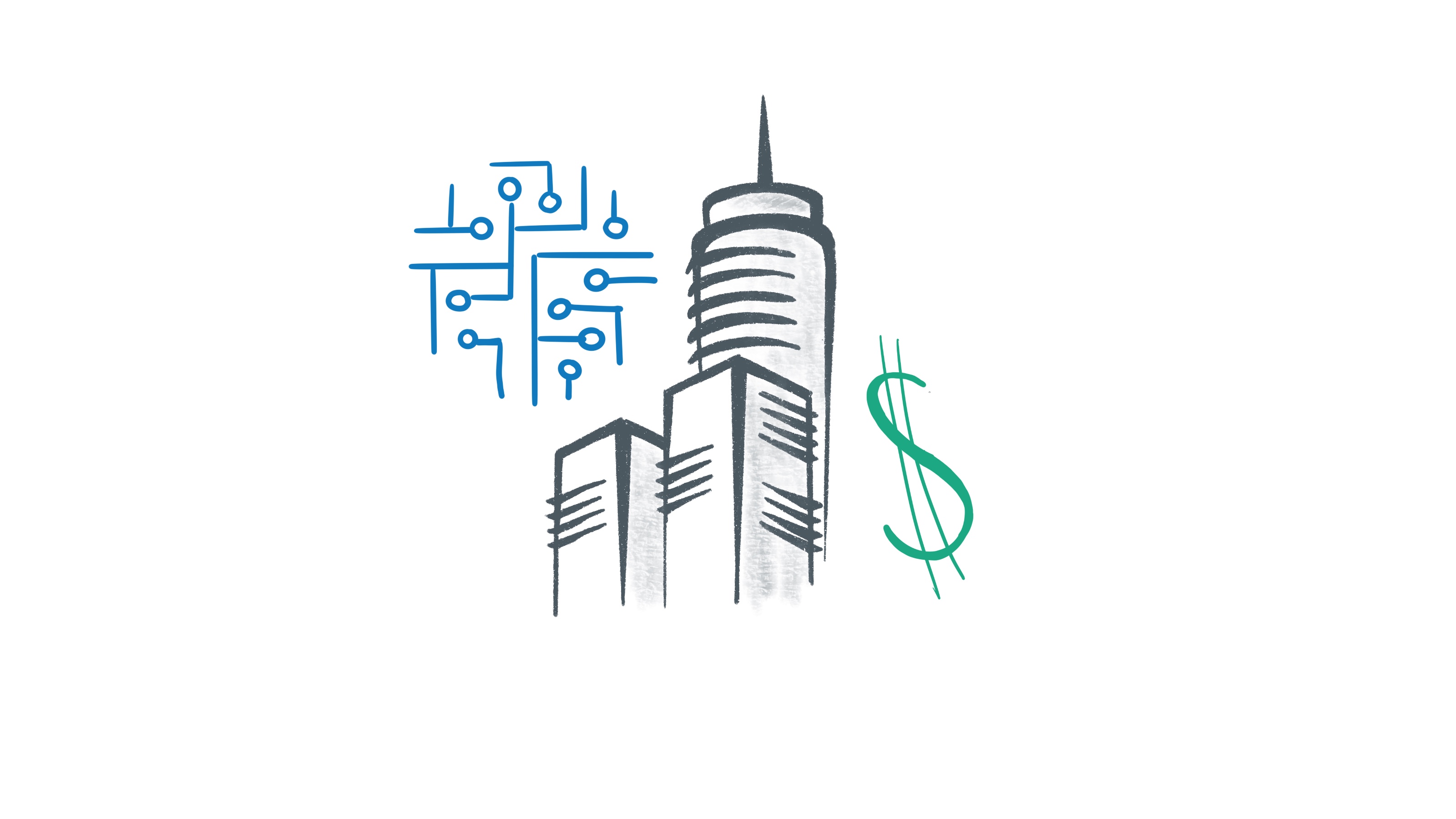WeWork is a hotly debated company. Is it a tech company? Is it just a real estate arbitrage play? Is it sustainable? Is it really that valuable? I think it’s interesting that as investors in Stay Alfred, we get a lot of the same questions, and our perspective on the answers seem very similar to the bullish investors in WeWork.
At the moment, WeWork and Stay Alfred (and others) share a similar core business model: they master lease space and re-rent it for more than what they pay. WeWork chops space into smaller pieces and charges more per square foot. Short term rental (STR) operators such as Stay Alfred master lease apartments and rent them on a nightly basis (for cumulatively more than what they pay on a lease).
What WeWork has shown for this business model, however, is that it’s not the entire picture. In fact, it’s just the beginning.
WeWork has been on a tear acquiring companies, most recently Managed by Q, and rolling them into a platform to optimize and monetize space and the people and businesses that occupy their space – as well as an entire office building. Beyond WeWork’s current existing revenue model, the company is showing that they’re focusing on efficiency in optimizing physical space and operations (including construction and remodel/reno) and intent on growing new revenue streams organically and inorganically. The big picture for WeWork, it seems, is to dip into most, if not all, meaningful revenue streams in a commercial office building across all phases of a lease. From ‘Powered by We’ office management, renovation, and design, to café and retail space for customers, WeWork is being richly valued for its ability to diversify revenue streams that being the largest office tenant in NY, for example, can unlock. By leveraging technology to create proprietary data on how companies use space, track in and outflow of people within a building, operate real estate for SMBs at scale – for starters – there is a real opportunity to be the technology backbone for an office building across tenants. Layer on the potential to “amenitize” other office tenants and intrigue only grows. In short: for WeWork, everything is on the table.

We believe that Stay Alfred, and other short term operators, have a similar opportunity as WeWork and that master leasing units is just the beginning.
In a similar way that WeWork offers its customers a new office product, Stay Alfred offers a new hospitality accommodation. With new products means new operating requirements, new technology solutions, and new opportunities. The technology solutions that Stay Alfred leverages with its guests and operators can also be leveraged by existing property managers and longer-term apartment renters for all things big and small. Cleaning services, smart locks and digital access, furnishing and apartment design, for example, are all on the table. Similar leasing and marketing dynamics exist across both businesses as well – great, long-lasting tenants are highly desirable and the advantages WeWork and Stay Alfred have in being able to offer services and amenities beyond what a single resident or guest may have access to on their own may increase those numbers. Again, in short: Where WeWork can capture business spend in an office building, Stay Alfred can capture consumer spend within multifamily buildings.
Although we’re bullish on the STR space, there are certainly highly publicized and controversial risks that parallel those of WeWork. A downturn will test both models, as will the ability to layer on additional revenue streams that delight residents and tenants. That said, we believe there’s more to both companies than what most give them credit for. We think there’s a bigger vision that both companies can pursue and monetize, and the reward for doing so can be massive.
